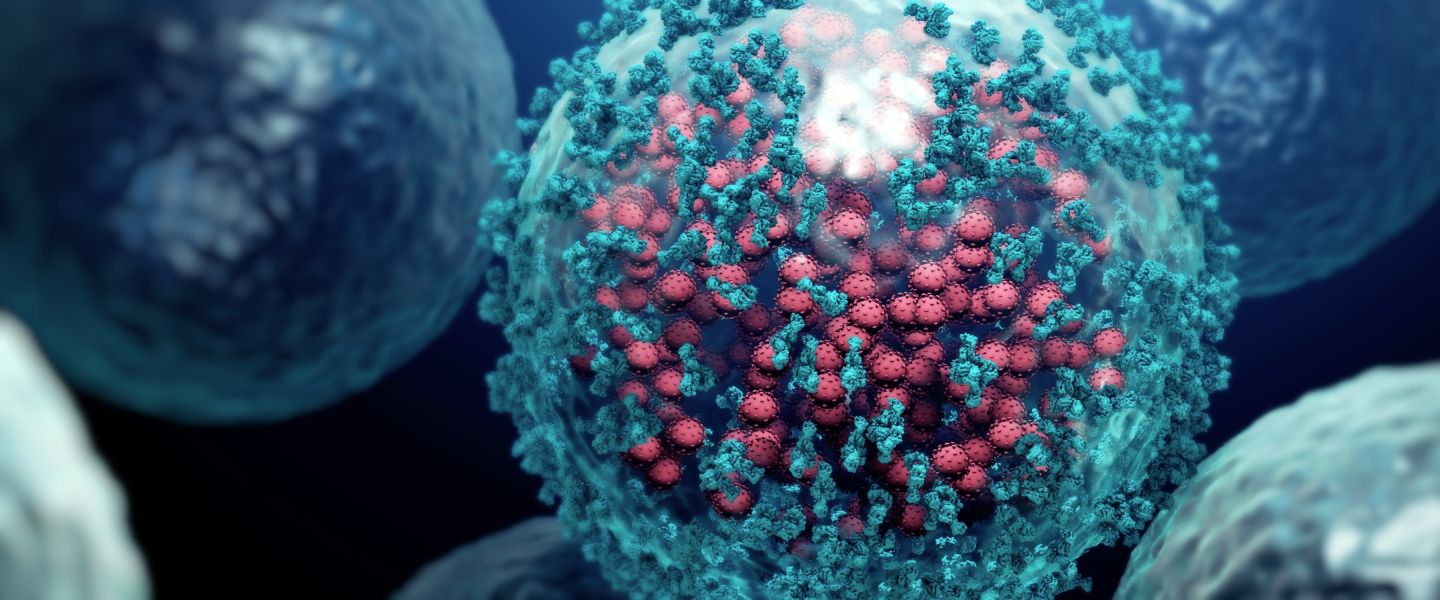SHARING / REPOSTING GUIDELINES: We're very happy to have posts/articles shared as direct links.
However, if you are replicating and re-posting information from this website or our posts, Abbey requests that you:
A) Only ever share articles in part (not in full). (eg. You can lift a paragraph as a way of introducing your readers to the topic) B) Be sure to always provide a direct link/URL back to the full original article here on the MyHealingCommunity.com website. Thanks in advance for your co-operation when sharing and re-posting any and all information that appears on this website.
Repurposing existing drugs can be an effective way to improve treatment outcomes in Glioblastoma multiforme brain cancer.
Author Credit: The information in this post was originally shared to members of the Healing Cancer Study Support Group in March 2023. Permission to share the information here on MyHealingCommunity.com was granted by the author Dr. Daniel Thomas on March 20th, 2023.
New Hope for Glioblastoma
- Dr. Daniel Thomas, DO, MSGlioblastoma multiforme (GBM) is the most common and aggressive form of primary brain cancer in adults. Temozolomide—originally developed for treating leukemia—is the standard chemotherapy drug for GBM patients.
Despite treatment, the survival rate for GBM is low for several reasons:
1. Invasive growth: GBM is highly infiltrative, which means that cancer cells can invade and spread into the surrounding healthy brain tissue. This makes it challenging to remove the entire tumor surgically, as the tumor’s margins are often not well-defined, and removing all cancer cells without causing damage to healthy brain tissue is difficult.
2.Resistance to treatment: GBM tumors exhibit a high degree of resistance to conventional treatments such as radiation and chemotherapy. This resistance can be due to various factors, including the blood-brain barrier (which limits the passage of chemotherapy drugs into the brain), tumor heterogeneity (diversity of cell types within the tumor), and the presence of glioma stem cells that are resistant to therapy and can repopulate the tumor.
3. Genetic mutations: GBM tumors often have multiple genetic mutations that drive tumor growth, angiogenesis (the formation of new blood vessels), and resistance to therapy. These mutations can make it difficult to develop targeted therapies that effectively treat GBM.
4. Late diagnosis: The symptoms of GBM can be nonspecific, including headaches, seizures, cognitive decline, and neurological deficits. These symptoms may not appear until the tumor has reached an advanced stage, making it more challenging to treat.
5. Location and impact on brain function: GBM tunors are often located in critical areas of the brain that control essential functions such as movement, speech, and cognition. This makes it challenging to remove the tumor without causing significant neurological damage or functional impairment.
6. Rapid growth and recurrence: GBM tumors tend to grow rapidly, and even with aggressive treatment, they often recur. The recurrent tumors are typically more aggressive and resistant to therapy than the initial tumor, further contributing to the low survival rate.
Despite these challenges, scientists and integrative physicians are continually working on developing new therapies and strategies to improve the prognosis for patients with GBM. Repurposing existing drugs can be an effective way to improve treatment outcomes.
The following drugs have shown promise for Glioblastoma multiforme (GBM):
1. Aprepitant (Emend): This medication primarily used to prevent nausea and vomiting caused by chemotherapy. It belongs to a class of drugs known as neurokinin-1 receptor (NK-1r) antagonists. Aprepitant works by blocking the action of substance P, a neurotransmitter involved in the vomiting reflex. The activation of NK-1r by SP has been shown to be a key player in the regulation of cancer cell proliferation, migration, and survival, as well as holding a vital function in the regulation of the self-renewal and tumor-forming potential of cancer stem cells.
2. Disulfiram (Antabuse): This drug is typically used to treat alcohol dependence. However, preclinical studies have indicated that disulfiram could potentially inhibit glioblastoma growth by targeting cancer stem cells and blocking the NF-κB pathway, which plays a role in cancer cell survival and inflammation.
3. Hydroxychloroquine (Plaquenil): This antimalarial drug has shown promise in preclinical studies as autophagy inhibitors, which could prevent cancer cells from recycling nutrients and lead to their death.
4. Metformin (Glucophage): A widely prescribed drug for type 2 diabetes, metformin has shown potential as an adjunct therapy for glioblastoma. It may inhibit cancer cell growth by targeting the AMPK/mTOR signaling pathway, which plays a crucial role in regulating cell growth and metabolism.
5. Pregnenolone:This is a steroid hormone synthesized from cholesterol in the body. Pregnenolone has been found to induce glioma cell apoptosis via activating extrinsic and intrinsic apoptotic pathways.
6. Rheum rhaponticum:Also known as Siberian rhubarb, this is a plant native to eastern Europe and Asia. Its roots have been traditionally used for various medicinal purposes. Rheum rhaponticum contains a compound called ERr 731 that has been shown to selectively bind to and activate estrogen receptor beta (ERβ). Recent studies suggest ERβ may function as a tumor suppressor in GBM.
7. Ritonavir (Norvir):This is an antiretroviral medication that is primarily used to treat human immunodeficiency virus (HIV) infections. It belongs to a class of drugs known as protease inhibitors, which work by blocking the action of HIV protease, an enzyme necessary for the virus to replicate. Studies have suggested that ritonavir might have direct anti-cancer properties. These include inhibiting cancer cell growth, promoting apoptosis (programmed cell death), and reducing angiogenesis (the formation of new blood vessels that supply nutrients to tumors).
8. Statins:Primarily used to lower cholesterol levels, statins have demonstrated some potential in preclinical studies for reducing glioblastoma growth by inhibiting the mevalonate pathway, which is crucial for cancer cell proliferation.
9. Valproic acid (Depakote):An antiepileptic drug, valproic acid has shown potential as an adjunctive therapy for GBM due to its ability to inhibit histone deacetylase, an enzyme involved in the regulation of gene expression.
Dr. Daniel Thomas, DO, MS
Metabolic & Nutritional Medicine
Integrative Cancer Therapeutics
Mount Dora, Florida
Disclaimer: This information is for educational purposes only and not intended or implied to be personal medical advice. That is for your personal physician to provide after he or she carefully studies the reference above. Healing Cancer Study Support Group members can use this link to visit this post where is appears in the group and read the comments.
DISCLAIMER: Any and all information in this post was gathered from published research in cell lines or animals, or from typical clinical use. It may not be complete, may not have not been verified in humans, and is NOT meant or given as medical advice, but only as a guide to further exploration.







